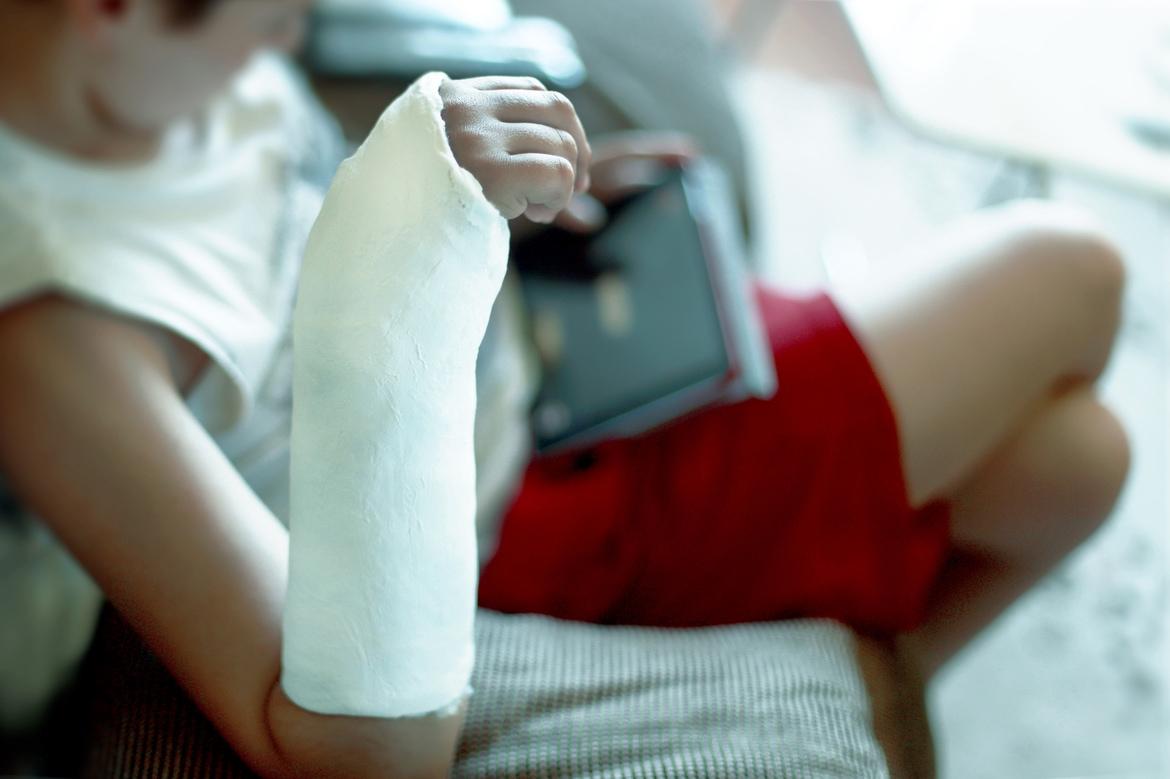Health Plus articles
Understanding Broken Bones in Children
What are some steps you can take if you think your child has a bone fracture?
4 Possible Conditions Affecting Your Child’s Movement
Does your child’s walk and movement seem uncomfortable or unusual? Here are 4 orthopaedic conditions in children to be aware of.
How to Prevent Sports Injuries in Children: 8 Safety Tips
Dr Lim Yi-Jia, orthopaedic surgeon and former chief tournament physician to Women's Tennis Association (WTA) athletes, shares tips on how to protect your sporty kids against injuries.
Toddler Falls: When to Seek Medical Attention
Toddlers often fall and hit their heads. As a parent, when should you worry?
My Child has Flat Feet. What can I Do?
Your child will have flat feet as a toddler but as they grow, their feet should develop a normal arch. If this doesn’t happen, what should you do?
How to Prevent Falls and Injuries in Children
Childhood accidents and injuries are part and parcel of growing up, but here are a few things parents can do to minimise them.










